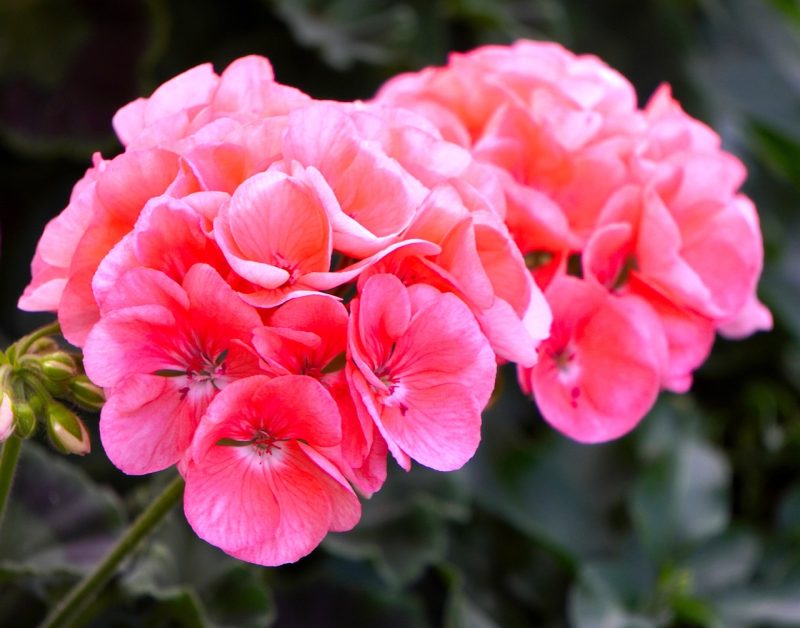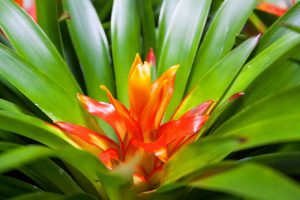When it comes to decorating cold rooms, finding the right indoor plants can be a challenge. However, several resilient species thrive in cooler environments while adding life and vibrancy to your space. In this section, we will explore three exceptional plants that can withstand lower temperatures:
Jade Plant

The Jade Plant (Crassula ovata) is a popular choice among indoor gardeners, particularly for those managing cold rooms. Known for its thick, fleshy leaves and distinctive trunk, the Jade Plant has a striking visual appeal that makes it an attractive focal point in any space.
One of its remarkable features is its ability to thrive in temperatures as low as 32°F (0°C). This succulent is adapted to withstand cooler conditions, making it an excellent choice for rooms that experience drafts or inconsistent heating. When caring for a Jade Plant, it’s important to ensure that it receives sufficient sunlight, as it thrives best in bright, indirect light.
Moreover, the Jade Plant has a unique ability to store water in its leaves, which allows it to endure periods of drought. This feature makes it relatively low-maintenance, requiring watering only when the topsoil is dry to the touch. Additionally, Jade Plants are known to improve indoor air quality by filtering toxins, making them not just visually appealing but also beneficial for your health.
Cast Iron Plant
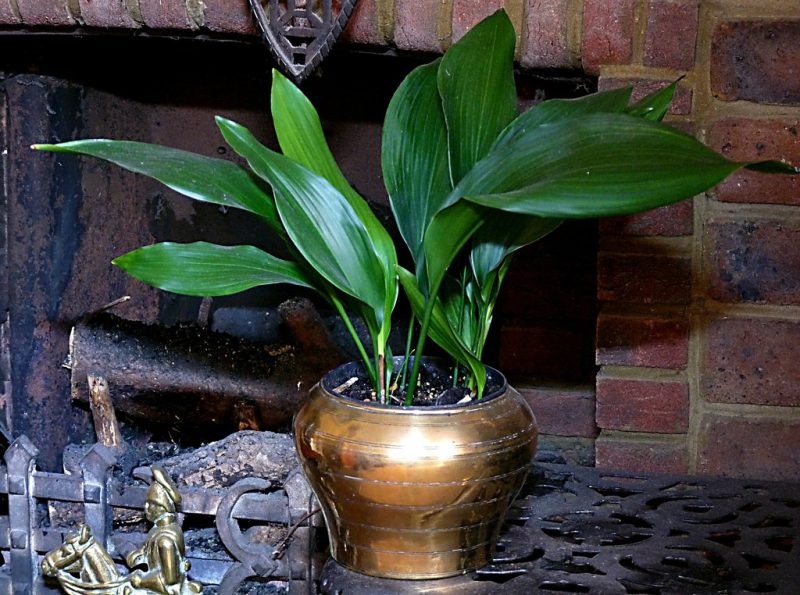
True to its name, the Cast Iron Plant (Aspidistra elatior) is one of the toughest houseplants you can find. This stalwart species is renowned for its ability to endure neglect, low light, and even cooler conditions, surviving in temperatures that drop to 32°F (0°C). With its broad, dark green leaves, the Cast Iron Plant adds a sense of lushness to colder indoor spaces without demanding a lot of care.
This perennial is particularly forgiving, capable of withstanding both overwatering and prolonged dry spells. A Cast Iron Plant can thrive in shaded locations, making it ideal for rooms that do not receive much natural light. For best results, plant it in well-draining soil and allow it to dry out completely between waterings; it thrives on minimal fertilizer and can go long stretches without requiring repotting.
Another interesting aspect of the Cast Iron Plant is its historical significance. Originally native to East Asia, it has been a favorite among gardeners since the Victorian era, often used in homes and public spaces for its resilience and ability to purify indoor air. Whether you are an experienced gardener or a newbie, the Cast Iron Plant provides a low-maintenance option that seamlessly integrates into a cold room setting.
ZZ Plant
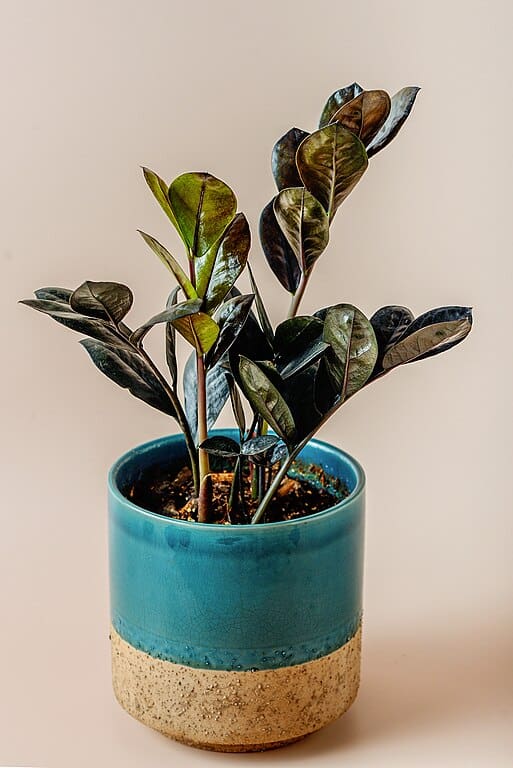
The ZZ Plant (Zamioculcas zamiifolia) is a stunning addition to any indoor landscape, particularly suited for cold rooms that maintain temperatures above 45°F (7°C). Recognizable by its glossy, waxy leaves that reflect light beautifully, the ZZ Plant is not just a visually captivating plant but also one of the most resilient houseplants available today.
What sets the ZZ Plant apart is its exceptional drought tolerance. Its rhizomes store water, allowing it to survive in environments where other plants might struggle. This characteristic makes it perfect for cold rooms where humidity can sometimes be lacking. The ZZ Plant prefers indirect light and can adapt to various light conditions, from low light to bright settings, which further enhances its versatility.
Another notable advantage of the ZZ Plant is its air-purifying qualities. Research has shown that it improves air quality by removing toxins such as toluene, xylene, and benzene, making it an ideal companion in indoor spaces. Besides its aesthetic and health benefits, the ZZ Plant requires minimal maintenance: just occasional watering and a periodic dusting of its leaves will keep it looking vibrant and healthy.
Snake Plant
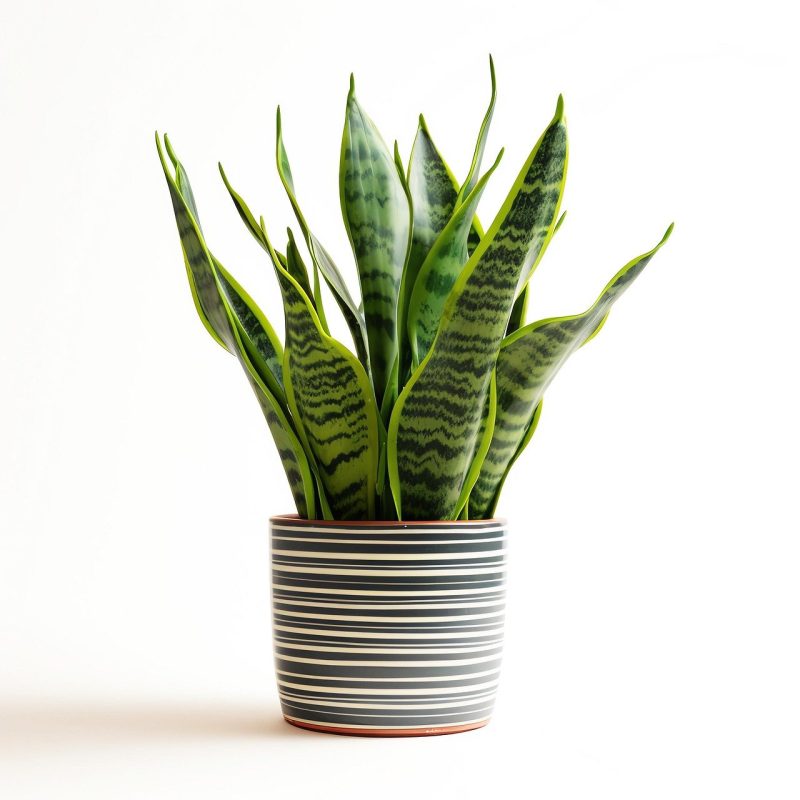
The Snake Plant (Sansevieria trifasciata), often referred to as “Mother-in-Law’s Tongue,” is a favorite for both novice and seasoned plant enthusiasts, particularly in cool environments. Known for its tall, upright leaves that feature striking variegated patterns, the Snake Plant is an artistic addition to cold rooms, as it can survive temperatures as low as 45°F (7°C).
One of the most appealing aspects of the Snake Plant is its exceptional adaptability to varying light situations. It thrives in low light but also does well in bright, indirect light, making it perfect for rooms with limited sunlight. This plant is also renowned for its air-purifying abilities, filtering out toxins like formaldehyde and benzene, and improving overall indoor air quality.
Low maintenance is another hallmark of the Snake Plant. Its unique structure allows it to store moisture, enabling it to withstand prolonged periods without water. When caring for a Snake Plant, less is often more; letting the soil dry out completely between waterings will keep the plant healthy and thriving. Its resilience and striking appearance make the Snake Plant a superb choice for cold rooms, adding a modern flair to any decor while requiring minimal effort.
Sago Palm
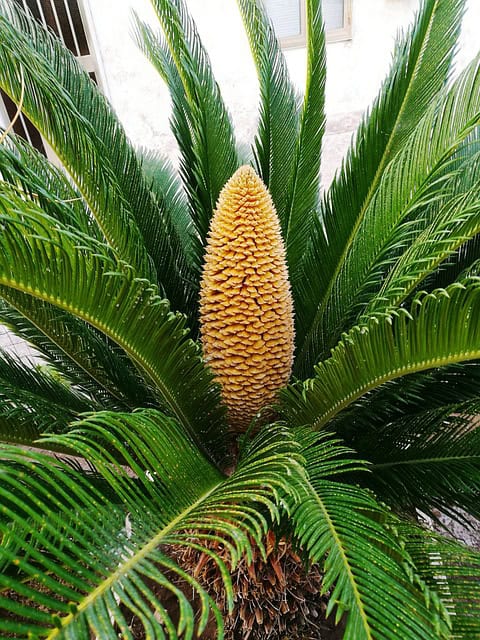
The Sago Palm (Cycas revoluta) is not actually a palm but a cycad, a group of ancient plants known for their robust, palm-like appearance. Ideal for cold rooms, the Sago Palm boasts impressive hardiness and can withstand temperatures as low as 15°F (-9°C). With its feathery, dark green fronds and a distinct trunk, the Sago Palm adds a tropical touch to any indoor space, even in winter.
This plant thrives in bright, indirect light, although it can tolerate some direct sunlight, especially during cooler months. One of the standout features of the Sago Palm is its slow growth rate, which means it can remain at a manageable size for years, making it an excellent option for smaller spaces. Its ornamental qualities make it a popular choice for both homes and offices, where it can serve as a living sculpture.
While the Sago Palm is relatively low-maintenance, it is important to provide well-draining soil to prevent root rot. This plant prefers a watering schedule that allows for drying out between irrigations, as excessive moisture can be detrimental. Additionally, the Sago Palm is known for being a long-lived plant, making it a wonderful investment for indoor gardening enthusiasts looking to cultivate a unique specimen that can be showcased in their cold rooms for years to come.
Spider Plant
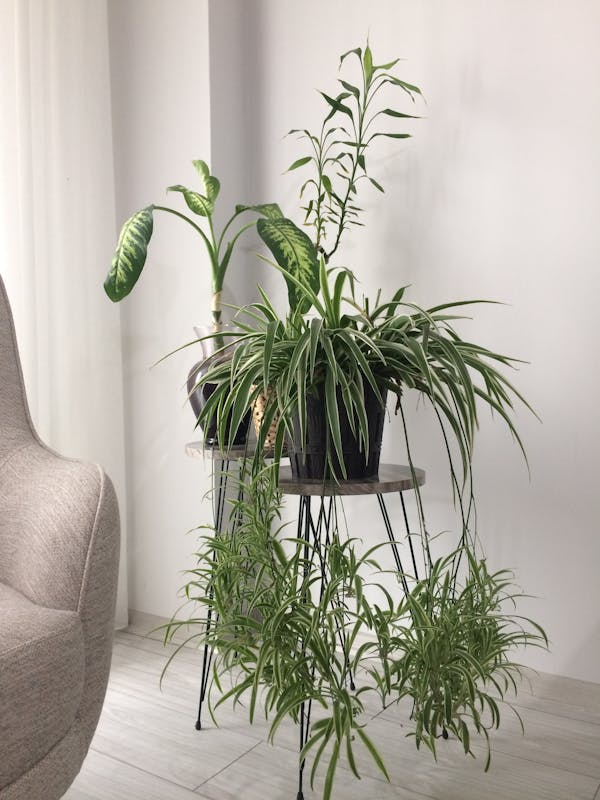
The Spider Plant (Chlorophytum comosum) is a delightful choice for those looking to liven up a cold room with its graceful arching leaves and playful spider-like offsets. Resilient and adaptable, the Spider Plant can thrive in temperatures as low as 40°F (4°C), making it well-suited for cooler indoor environments.
With its charming green-and-white striped foliage, the Spider Plant is not only aesthetically pleasing but also low maintenance. It prefers bright, indirect light but can adjust to lower light levels, which makes it versatile for various room conditions. Its unique ability to produce “pups” or offsets allows for easy propagation and sharing with fellow plant lovers.
Notably, the Spider Plant is celebrated for its air-purifying properties, making it an excellent addition to any space. Research has shown that it effectively removes harmful pollutants from the air, contributing to a healthier living environment. Caring for a Spider Plant involves regular watering, allowing the soil to dry slightly between waterings, and maintaining a humid environment when possible, as it enjoys some moisture in the air.
In addition, the Spider Plant is also pet-friendly, making it a safe choice for households with cats and dogs. Its easygoing nature and ability to adapt to different conditions make the Spider Plant a wonderful option for brightening up cold rooms while contributing positively to your indoor atmosphere.
Succulents and Cacti
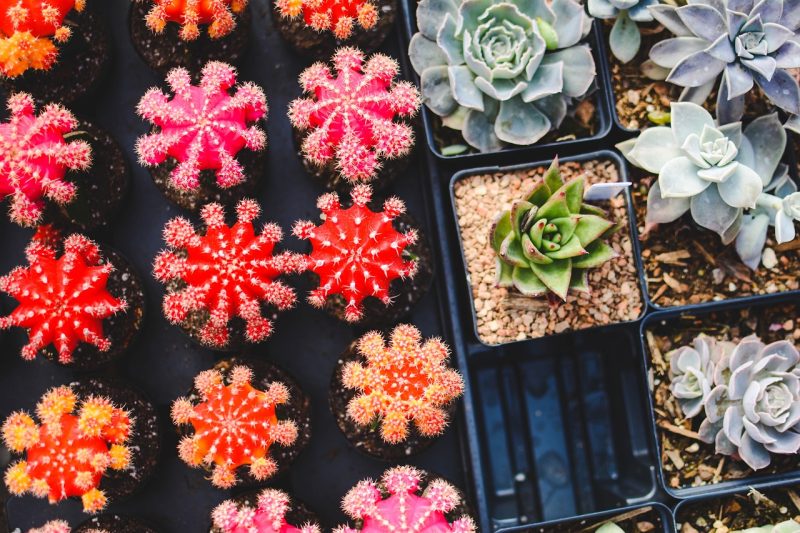
Succulents and cacti are popular choices for indoor gardens, especially in settings with cooler temperatures. These drought-resistant plants typically thrive at around 40°F (4°C) and are celebrated for their unique shapes, sizes, and vibrant colors.
One fascinating aspect of succulents and cacti is their ability to store water in their leaves, stems, or roots, allowing them to survive in arid conditions. This intrinsic adaptation makes them perfect for cold rooms where humidity levels can fluctuate. Among them, varieties such as Sedum, Echeveria, and certain species of Aloe can thrive. While most succulents and cacti tend to prefer warmer environments, they can tolerate cooler temperatures for short periods, particularly if kept dry.
When caring for these plants in cold rooms, it’s essential to avoid overwatering. Their soil should dry out completely between waterings, and they benefit from a well-draining potting mix, often incorporating sand or perlite. Additionally, placing them in bright light, even if it’s indirect, will encourage healthy growth and vibrant colors. Succulents and cacti not only brighten up cold spaces but also require minimal maintenance, making them an excellent choice for those looking to enhance their environment with little effort.
Corn Plant
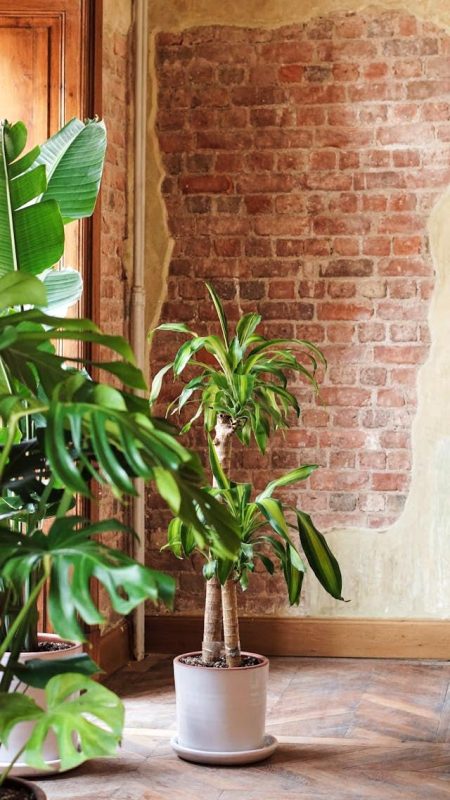
The Corn Plant (Dracaena fragrans), recognized for its attractive, elongated leaves that often display a lovely variegation, is another excellent option for cold rooms. This hardy species thrives in temperatures starting at 50°F (10°C) and can tolerate cooler conditions without much fuss.
Corn Plants are incredibly versatile, adapting well to various lighting conditions, though they tend to flourish in bright, indirect light. Their lush foliage can bring a refreshing atmosphere to indoor environments, mimicking a tropical feel, making it a popular choice for both homes and offices. Beyond its aesthetic appeal, the Corn Plant is also known for its air-purifying capabilities, effectively filtering harmful toxins like formaldehyde and benzene from the air.
Caring for a Corn Plant involves ensuring it has well-draining soil and a consistent watering routine. These plants prefer to dry out slightly between waterings, promoting healthy root development while preventing overwatering issues. A monthly dose of balanced fertilizer during the growing season will also benefit this plant. With its striking appearance and low upkeep, the Corn Plant is a wonderful addition to any cold room, enhancing both the look and air quality of your indoor space.
Chinese Evergreen
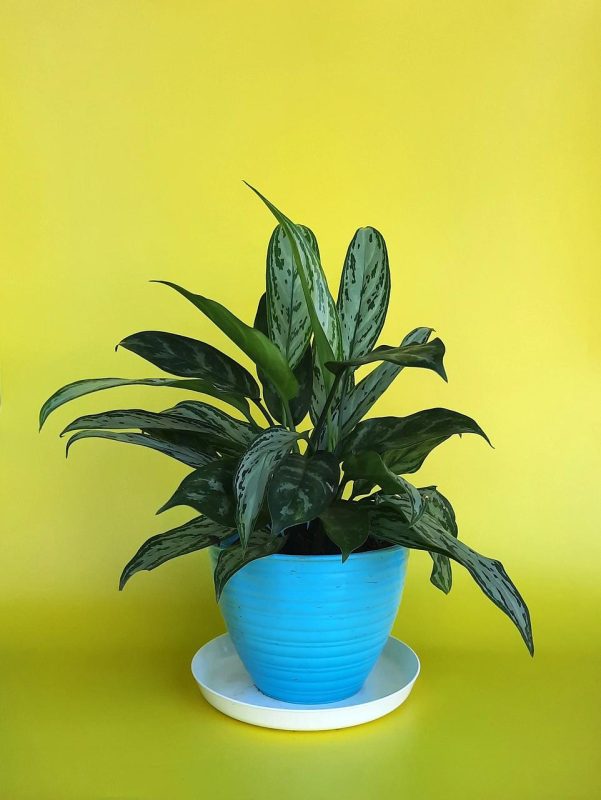
Chinese Evergreen (Aglaonema) is an exceptional choice for cold rooms, thriving comfortably at temperatures around 50°F (10°C). Renowned for its stunning leaves, which come in a wide array of colors and patterns, the Chinese Evergreen adds a splash of color and life to any indoor environment, making it particularly popular among houseplant enthusiasts.
This species is highly adaptable, able to adjust to low-light situations and still maintain its vibrancy. For optimal growth, however, it is best placed in a location with bright, indirect light. Chinese Evergreens are also celebrated for their air-purifying properties, helping to clean the indoor air and improve overall air quality.
Caring for a Chinese Evergreen is straightforward, requiring occasional watering when the top inch of soil feels dry. They thrive in well-draining potting soil and prefer moderate humidity levels, which can be enhanced by misting or using a pebble tray if your cold room tends to be dry. Another unique feature of the Chinese Evergreen is its ability to adapt to various conditions, making it an ideal choice for those who may not have the time or expertise to tend to more high-maintenance plants.
Swiss Cheese Plant
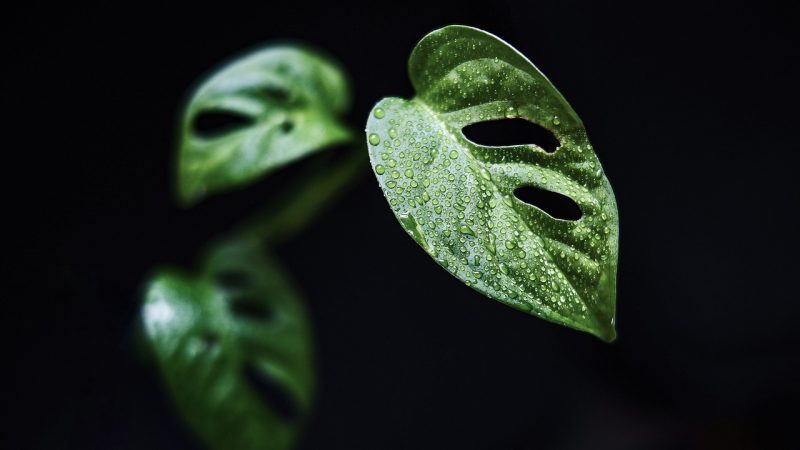
The Swiss Cheese Plant (Monstera deliciosa), celebrated for its dramatic, fenestrated leaves, is a fantastic addition to cold rooms where temperatures hover around 50°F (10°C). As a tropical plant, the Swiss Cheese Plant adds an exotic touch to your indoor space, making a bold statement with its large, distinctive foliage.
This plant thrives best in bright, indirect light, although it can adapt to lower light conditions. One of the most remarkable features of the Swiss Cheese Plant is its ability to tolerate fluctuations in temperature and humidity, which is particularly beneficial in colder rooms. These plants are climbers by nature, and providing them with a moss pole or trellis can encourage upward growth, creating a stunning visual effect as their leaves unfurl and develop their iconic holes.
When it comes to care, the Swiss Cheese Plant prefers well-draining soil that retains some moisture but does not become soggy. Watering should be done when the top couple of inches of soil feel dry, and occasional humidity boosts, such as misting or using a humidifier, can enhance its growth. With proper care, the Swiss Cheese Plant can produce aerial roots, which is a sign of a healthy outdoor-like environment, making it a gratifying choice for indoor gardeners seeking a bit of flair for their cold rooms.
Geraniums
Geraniums (Pelargonium), known for their vibrant flowers and aromatic leaves, are another excellent option for cold rooms that remain above freezing. With a variety of colors ranging from bright reds and pinks to soft whites and purples, geraniums can instantly brighten any space while creating a cheerful atmosphere.
While traditionally thought of as outdoor flowers, geraniums can thrive indoors when provided with adequate light and care. They prefer bright sunlight for several hours a day, making a sunny windowsill an ideal location. In colder months, geraniums can tolerate cooler temperatures, especially in the 50°F to 60°F (10°C to 15°C) range, making them suitable for cold rooms as long as they are not exposed to frost.
Caring for geraniums indoors involves watering only when the top layer of soil is dry. Overwatering can lead to root rot, which is a common issue with these plants. Fertilizing them with a balanced fertilizer every few weeks during the growing season will promote abundant flowering and healthy growth. Additionally, deadheading spent blooms encourages new flower production, ensuring your geraniums stay vibrant throughout their growing season. Their ability to flourish in cooler temperatures while providing vibrant blooms makes geraniums an appealing choice for indoor spaces.
Maidenhair Ferns
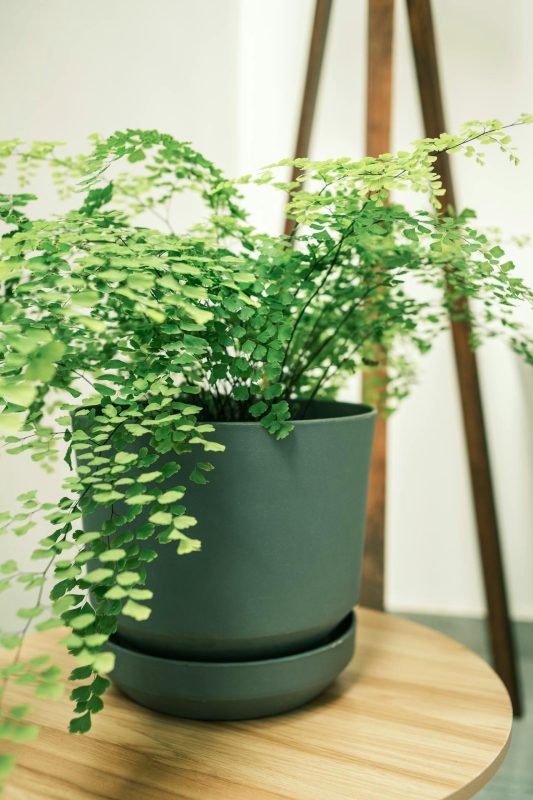
Maidenhair Ferns (Adiantum) bring an elegant and delicate charm to any room, particularly cold environments where they can thrive at temperatures around 50°F (10°C). Known for their beautiful, lacy fronds that sway gently with air movement, these ferns make stunning ornamental additions to cold rooms.
These ferns prefer bright, indirect light and thrive in conditions with higher humidity levels, making them excellent candidates for bathrooms or kitchens, which often provide the natural moisture they crave. However, maidenhair ferns can also adapt well to cold rooms when given the right care, including regular misting to maintain humidity, especially during dry spells in winter.
When it comes to watering, maidenhair ferns require consistently moist soil, though they should never sit in standing water. Using a pot with drainage holes is essential to prevent water from accumulating at the bottom. These plants like a slightly acidic to neutral soil mix that retains moisture yet drains well, such as a peat-based potting mix.
Although maidenhair ferns require a bit more attention to humidity and moisture levels, their graceful appearance and ability to thrive in cooler temperatures make them a worthwhile addition to cold indoor spaces. Plus, their air-purifying qualities enhance the overall atmosphere of your environment, contributing to a tranquil and serene setting.



